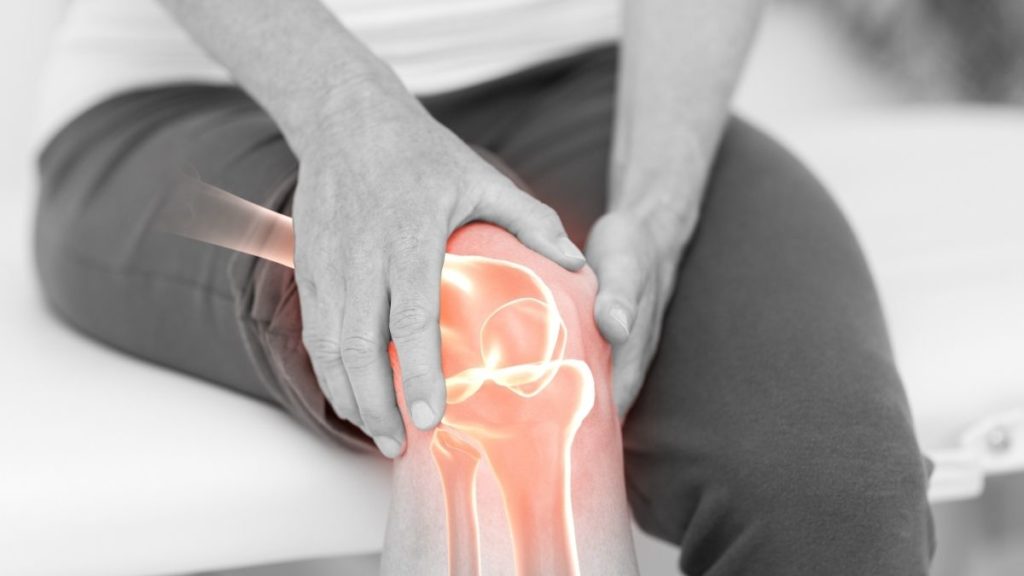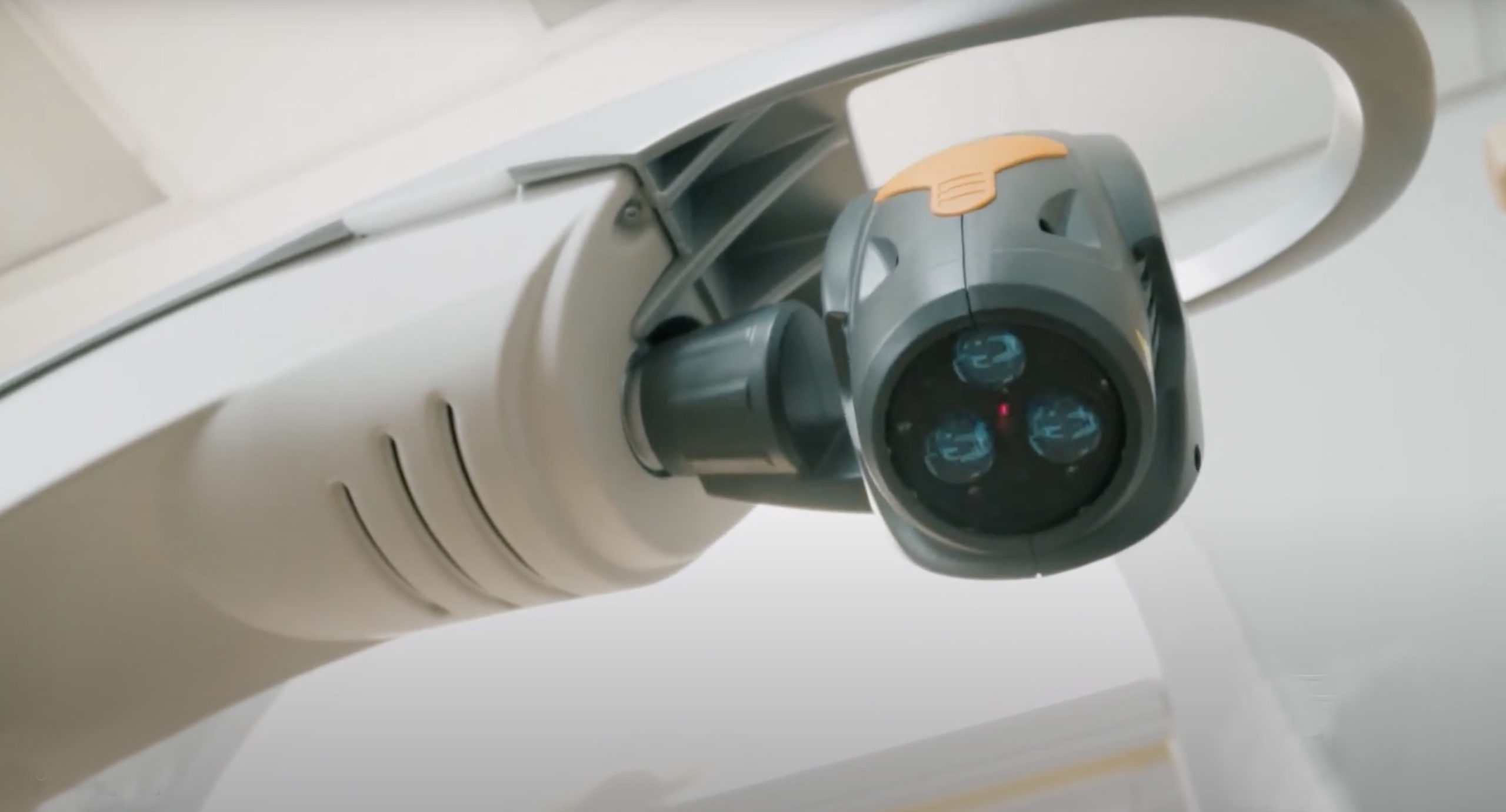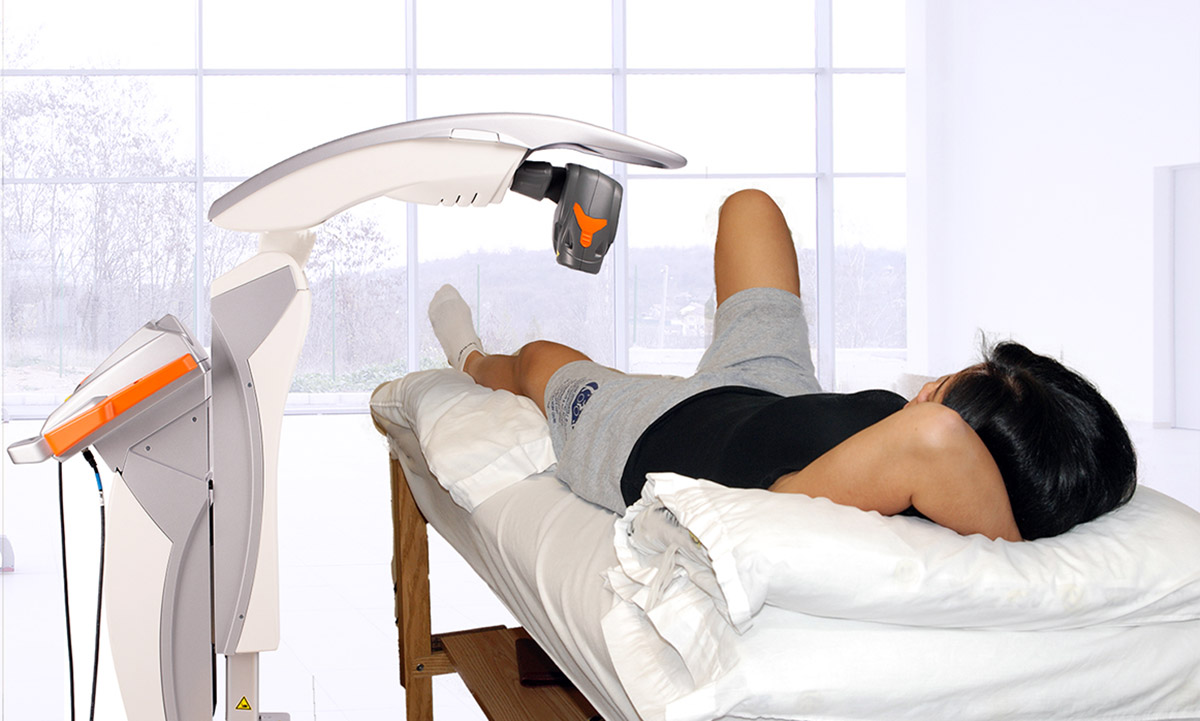Abstract
Introduction
Low-level laser therapy (LLLT) is thought to have an analgesic effect as well as a biomodulatory effect on microcirculation. This study was designed to examine the pain-relieving effect of LLLT and possible microcirculatory changes measured by thermography in patients with knee osteoarthritis (KOA). Materials and Methods: Patients with mild or moderate KOA were randomized to receive either LLLT or placebo LLLT.
Treatments were delivered twice a week over a period of 4 wk with a diode laser (wavelength 830 nm, continuous wave, power 50 mW) in skin contact at a dose of 6 J=point. The placebo control group was treated with an ineffective probe (power 0.5 mW) of the same appearance. Before examinations and immediately, 2 wk, and 2 mo after completing the therapy, thermography was performed (bilateral comparative thermograph by AGA infrared camera); joint flexion, circumference, and pressure sensitivity were measured; and the visual analogue scale was recorded.
Results
In the group treated with active LLLT, a significant improvement was found in pain (before treatment [BT]: 5.75; 2 mo after treatment : 1.18); circumference (BT: 40.45; AT: 39.86); pressure sensitivity (BT: 2.33; AT: 0.77); and flexion (BT: 105.83; AT: 122.94). In the placebo group, changes in joint flexion and pain were not significant. Thermographic measurements showed at least a 0.58C increase in temperature—and thus an improvement in circulation compared to the initial values. In the placebo group, these changes did not occur.
Conclusion
Our results show that LLLT reduces pain in KOA and improves microcirculation in the irradiated area.





